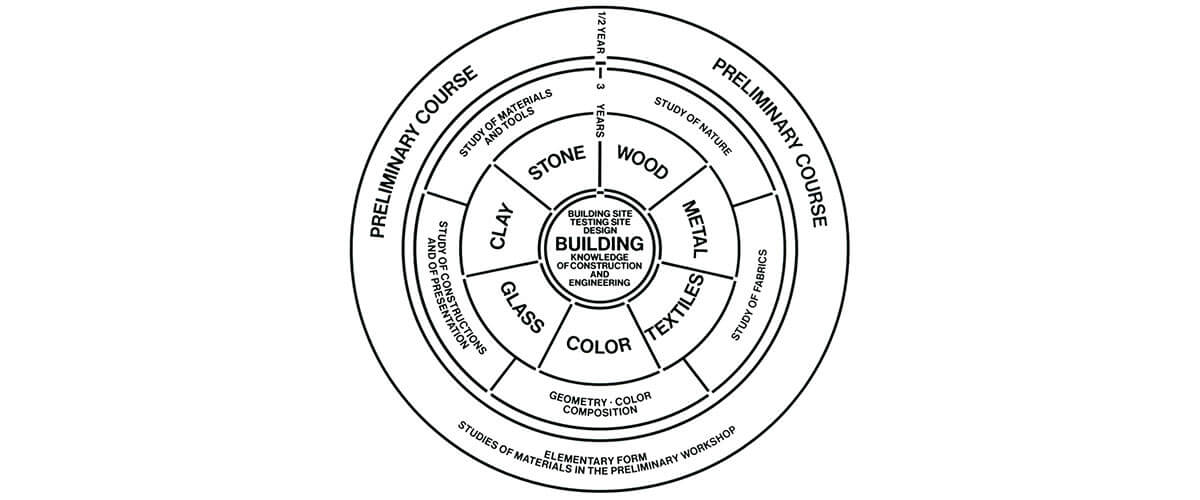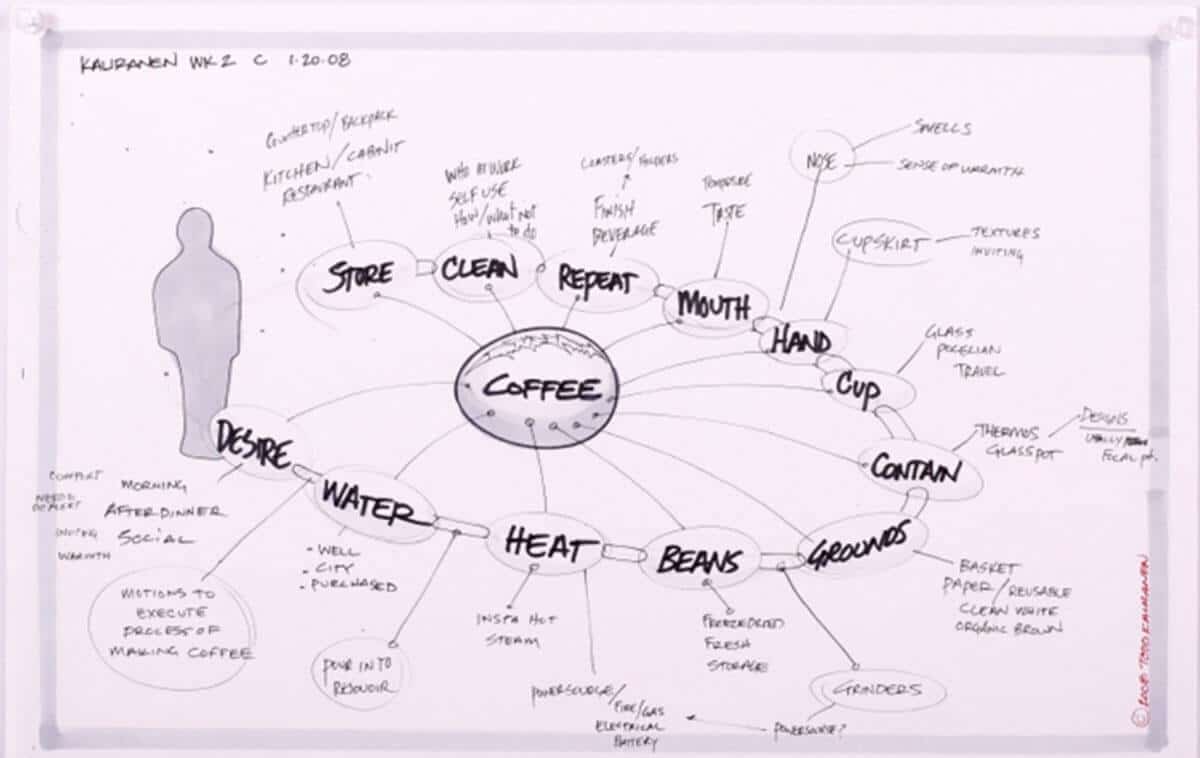
The Latest ID Label for the Same ID Story
Some would say that making a product that looks good is the only duty of an Industrial Designer. This couldn’t be further from the truth! Fundamentally, the role of industrial design (ID), is to grasp the entire design process as it relates to the user and producer of a service or product.
As a DISHER Industrial Designer, I am concerned with the complete product lifecycle— from the birth of the idea, to every producer and user touchpoint, to the sunset of the product.
You may have noticed over the years that a variety of terms have been applied to the strategies Industrial Designers use during the design process, labels such as: human-centered design, user-centered, UI user interface, UX user experience, and the latest— Design Thinking. This can be a little confusing. Rest assured that even though the terminology for creative problem-solving continues to change— the holistic view of the ID process remains constant.
Design thinking draws upon a designer’s knowledge and experience to develop innovative solutions. For example, many of the great designers that went through the curriculum of the 1919-1933 German Bauhaus succeeded because of the breadth of their expertise across many design avenues. While this specific curriculum does not connect directly with user experience, it does focus on aesthetics and engineering.
An entry-level designer would work their way from the outer rings of the circle sequentially moving their way to the center over the years of their training. Their toolbox would continue to expand for future creative problem-solving. These are the fundamentals of the ID thought process.

Having these fundamentals as a foundation allow ID knowledge to be instantly referenced at any stage of the design process. Seasoned designers can do this concurrently in their mind at the birth of an idea.
After defining a project design objective, the details of the product, brand, environment, and UX /UI are considered. This information helps form other design decisions with quick mental references to ID benchmarking knowledge and advances in technology and manufacturing.
Hierarchy plays a critical role in many ways as it is applied to scale, form, materials, color, line, text, fonts, and marketing. (IP, logistics, retail, and web to name a few.)
Within an Industrial Designer’s mind, these thoughts are rapidly being processed and constantly adjusting to changes in the process timeline. This thinking can be applied to not just tactile products but services and processes.

As a designer, I am always seeking the reason why. What is the thinking behind the design decisions of products and services I engage with every day? An ID’s mind is geared so they never stop building their own knowledge base.
For example, I’ve been known to turn over chairs to study the product in a public space. I’ve evaluated the lines on the road and what type of vehicle and mechanism put the lines down. I’ve wondered why a company would choose certain brand colors and logos on the trucks. What was the line of thought around those design decisions? What were the prototype models and the processes that affected budgets and timelines?

This perpetual desire for design knowledge makes the Industrial Designer a natural learner. ID folks typically rely on a variety of design thinking input including: trend-watching sites, conferences, tradeshows, LinkedIn articles, online sources, and colleagues from a variety of industries.
At DISHER, Industrial Designers are constantly sketching, whiteboarding, benchmarking, expressing in 2D and 3D, and collaborating with peers from within and without our discipline. We regularly seek out inspiration, cunning design language, and attempts to raise the bar. This is the beauty of design— the excitement and possibilities that drive imagination to innovation.
While ID catch phrases will continue to come and go— Nihil sub sole novum. We do enjoy greater efficiencies in technology and tools which shorten the ID process, but the fundamental process remains the same. And DISHER’s commitment to creatively designing the best possible solutions that exceed our customer’s design objectives and expectations also remains unchanging.
For more information about innovation, product development, or getting a new project off the ground with some of the industry’s best and brightest designers and engineers, please contact us today!
Written By:

Todd Kauranen
Industrial Designer
DISHER Newsletter
Sign up to receive articles and insights, delivered monthly.
Schedule a no-committment project call
Reach out to discuss your project to find out if DISHER could be a good fit for you.
